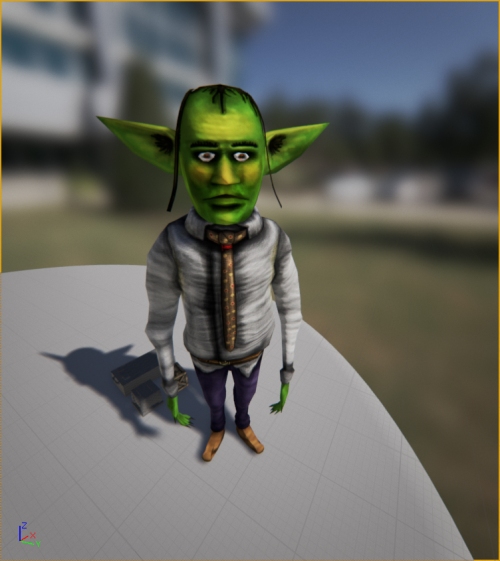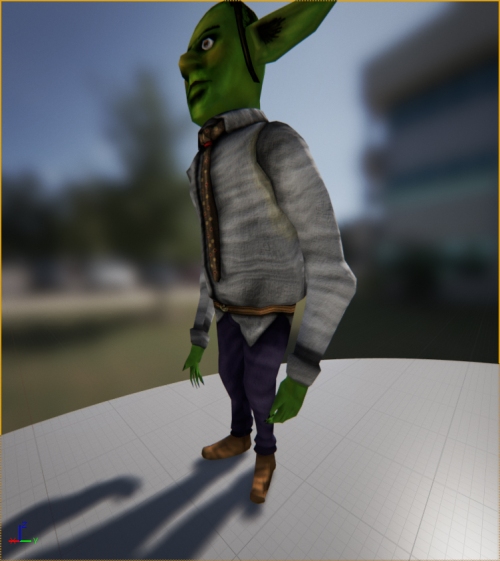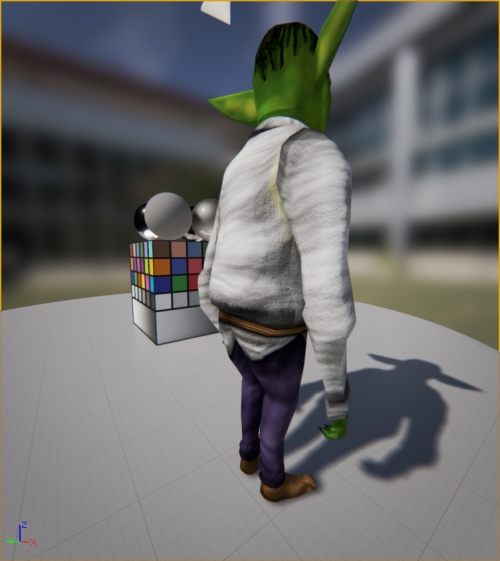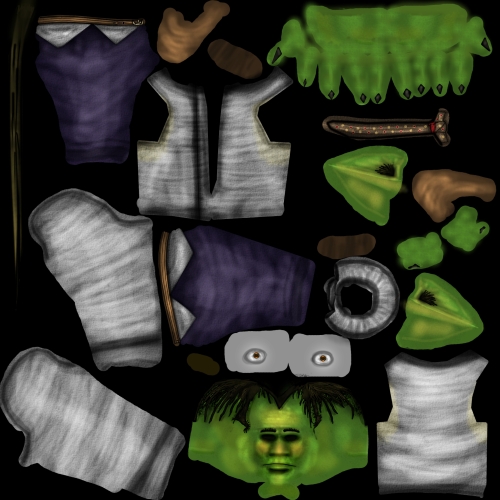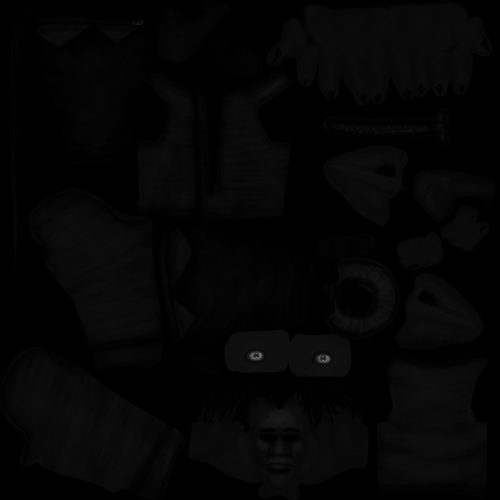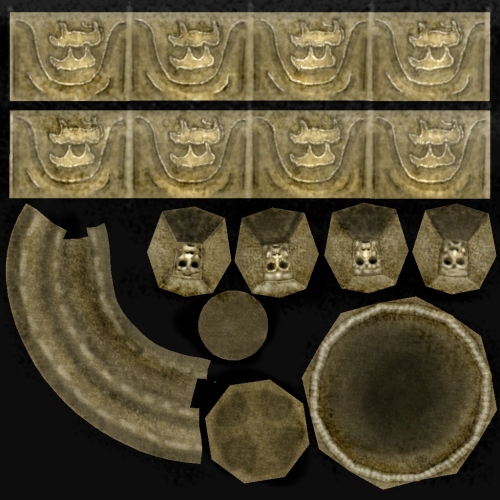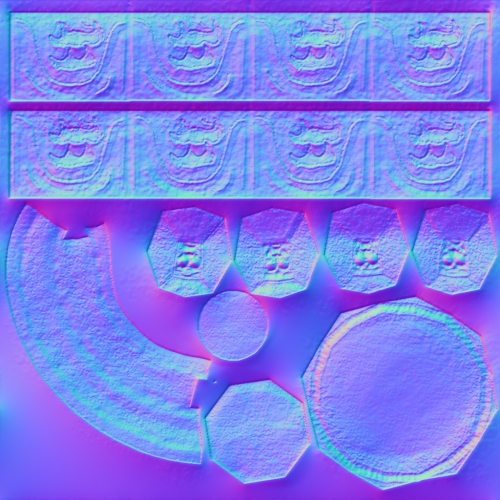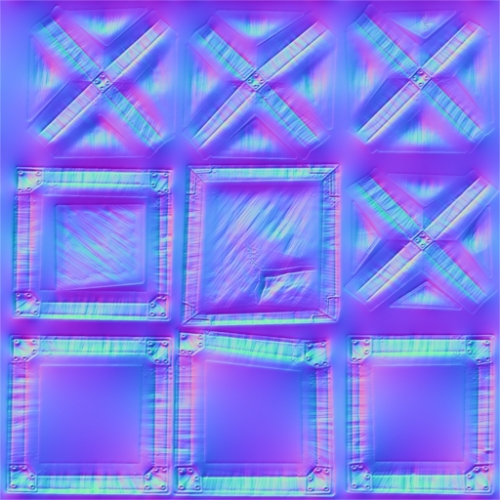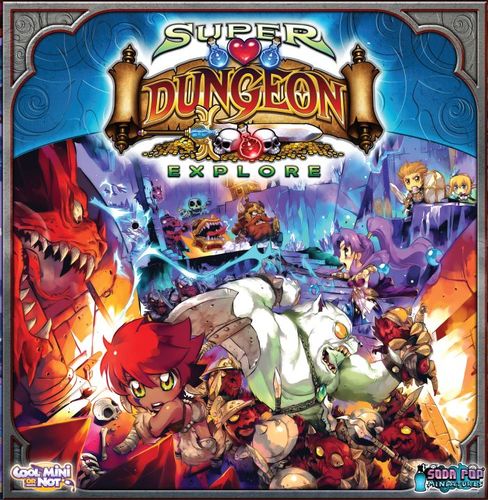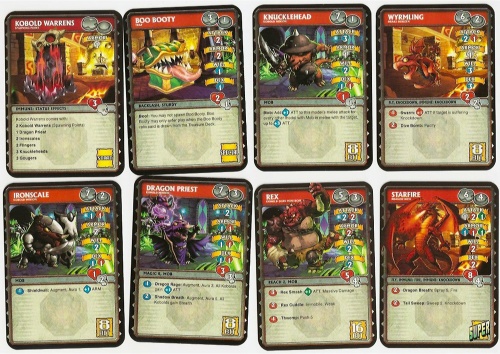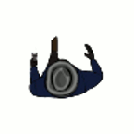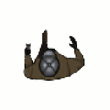Like worrying about the past and the receding hairlines of today, the time to get back to blogging is long overdue.
In this wholesome and decidedly un-spoilerly blog post we’ll be having the pleasure of analysing Battlestar Galactica: the Board Game. What joy!
The best of the beast:
As a starter, one must say, without any doubt whatsoever that the build-up is the best part of BSGtBG. The journey, rather than the destination, is the most sublime, entertaining and thought-provoking part of this cruel and down-right sadistic little game.
Survival is key, and having crisis after heart-wrenchingly humorous crisis thrown upon you time and time again where one have to juggle the fleet’s ever-dwindling resources while keeping an eye and a half on each fellow gamer for even the smallest signs of treachery has been found to be pretty darn entertaining once one got into the spirit of the thing.
The social claustrophobia one encounters when the whole board is sure they know who the Machiavellian mechanical monstrosity is, only for everyone to lay their suspicions on different heads is always a great laugh, and even with a traitor in the midst the group of hardy survivors does get welded together quite nicely after facing adversity after adversity, sacrificing several thousands of people so that the ship will have just enough fuel for doing another jump away from the hostile robotic fleet.
The worst of the warbles:
Which leads me to the oh so often less fun part of any journey, the end.
Win or lose, it all peters out into a rather un-climactic ‘oh, we’re done?’ which a more witty person could base a whole career in stand-up comedy about.
The end simply can’t measure up to the journey, and in case of a loss more often than not depended on a single dice-roll, further enhancing the anti-climax of the situation. Even a win is a bit of a downer, since like previously said, this game is in this humble opinion all about the journey, and while even the greatest journeys have to end sometime, all that is left is a big gaping whole in one’s soul where all the thrills and enjoyment used to be.
And if one reaches the time where the journey is actually starting to feel a little bit tedious, the ending feels even worse, since while if it would end when it was still, in a word, ‘awesome’, one would still partially be fuelled by the great time one indubitably had.
But then if one was in the state of tedium, the change from almost-ennui to nothingness is still a bit of a downer, because even with total boredom and lack of sleep bouncing in the back of one’s skull, the sudden yet inevitable end still feels like a bummer, which one would guess is a power of it’s own.
After all, if the game wasn’t good, one wouldn’t be bummed out of not playing it any more.
The Core game system:
At any rate, what could be described as the core game system is one big loop consisting of a few but oh so vital phases.
At the beginning of the game, and each subsequent turn of the player, the player in question gets to draw a number of differently coloured ‘skill cards’, more often than not around 5.
After the drawing of the skill cards it is time for the movement phase, where the player gets to move their character to one of the locations available to that character, depending on whether or not the character in question is a human or an outed cylon.
Humans and cylons-in-hiding gets to move around the big ships of the fleet, while discovered cylons have their own locations on the board.
After the movement phase is the action phase, where the player is allowed to make use of an action, either through the location the character is placed on the board, or through skill cards or one of the actions noted on the character’s character sheet.
After that, it’s time for the crisis phase.
The player gets the joy of drawing a crisis card, where the players get the joy of balancing the various resources left on the fleet and sacrificing that which they feel they can afford to sacrifice in order to keep going, even if it is just one more turn.
There are generally two kinds of crisis cards, the skill check crises and the choice crises.
With the skill check cards, the group of players get to band together and use their skill cards in order to work together and get through whatever crisis it is that has befallen them in order to not suffer the penalties given on the card.
Alternatively, they can with stiff upper lips and hardened hearts save their skill cards and ride through the storm, even if it means they lose some oh so precious resources.
This is also a perfect chance for the cylon or cylons-in-hiding to throw their spanners in the works by getting the crises to fail on purpose.
The way it works is that skill cards are placed face-down to avoid card-counting and other rain-man no-good-ness, while promoting sneakiness and scheming. Furthermore two skill cards are drawn from the so-called ‘destiny deck’ and placed face-down amongst the others in order to make it even harder to know who placed what cards and potentially make the crisis even harder to solve.
Each skill check has got a number assigned to it, which denotes how difficult it is to pass it, as well as a number of colours that signifies what types of skill cards gives a positive or negative value to the end score of the skill check.
After all the players have had an opportunity to add cards to the pile, they are shuffled and then flipped so that the cards can be counted, adding the value of the positive cards and subtracting the value of the negative cards.
If the value of the cards is greater or equal to that of the skill check, the crisis is solved and all is fine.
If the value is less then the skill check has failed and the fleet must suffer the penalties.
The second kind of crisis is where one specific player, like the president or the admiral, have to make a choice between two options, usually the situation is best described as choosing between plague and cholera, but they get more important the further the game goes along when certain resources start dwindling faster than others.
The actually win Battlestar Galactica: the Board Game, one have to escape far enough with the fleet so that the cylons won’t bother you any more, or so I’ve been told.
The mean of escape is activating the faster than light, or FTL, jump drive, which is done by filling the jump preparation track up to 5 slots, which is being done through the drawing of certain crisis cards.
Once the jump drive is prepared, the ship will jump and the admiral gets to draw 2 destination cards and, without consulting the rest of the group, pick one and then resolve the crisis written upon that card.
The destination cards also have a number written upon them, which signifies how far the ship have actually jumped.
To win BSGtBG, you have to have a jump-distance of 8, collected through the destination cards and then survive long enough to make one additional jump. That is the only way the humans can win, while the cylon players win when the humans lose.
The ways the humans can lose are numerous.
The first is through damage, if the main ship, Galactica, has 4 damage tokens or destroyed locations, the ship is utterly destroyed and all the humans dies.
The second is by fully losing one of the 4 resources, being Food, Fuel, Morale and Population.
These resources show how well the fleet is doing, and the total loss of any means the destruction of the fleet.
The third is by letting the cylons get a boarding party into the ship and killing everybody from the inside.
The epilektos of the system:
The most interesting system of BSGtBG would be the loyalty system, which basically assigns each player to the role of either human or a cylon infiltrator, which adds an added sense of danger and mystery to each session.
The subterfuge and witch-hunts and can happen are great opportunities for great fun for those who are into that sort of thing.
The actual assigning is pretty simple, at the start each player is given a card, which either reads ‘You are not a Cylon’, or ‘You are a Cylon’. Either way players are encouraged to spend up to 30 seconds reading that card, just to add to the mystique.
If you’re given the ‘You are a Cylon’, everything changes. Your end-goal is now the destruction of the fleet while getting the rest of the group to suspect everybody but yourself, having a big internal laugh while you’re practising your Machiavellian ways.
The rest of the group is bound to be eager to find out who the traitor or traitors are, in order to protect their dwindling resources and sanity, but the chance of actually discovering it are few and far between.
The suspicions, subterfuge and witch-hunts adds a layer of depth to the game, depending on the group of course.
The Target group:
One would say that the target group is mainly scheming bastards of 15 years or more of age, male and female both.
People interested in lengthy board-games, social politics and the Battlestar franchise also comes to mind.
Summary:
In conclusion, one would say that Battlestar Galactica: the Board Game is a great way to kill an evening, along with the afternoon and late night as collateral damage as well.
The hardships, intrigues and scheming are all great ways to knit together a group in adversity, only to break it down again when the accusations and witch-hunting starts.
Only thing that truly marrs the experience is the aforementioned anti-climax of the endings, the way it just fades away into nothingness, and it have been debated and well concluded that the cylon boarding party seems a bit tacked on because of lore rather than game play, and that the game could do well without it as it is just another loss condition and a rather measly one at that.
But other than that, the game is a brilliant romp and a great laugh, if only one had more time to throw at it than one does in today’s society.
That’s all for me for this moment, with plenty more blog posts to come, preferably not as close to their deadlines as this one.
